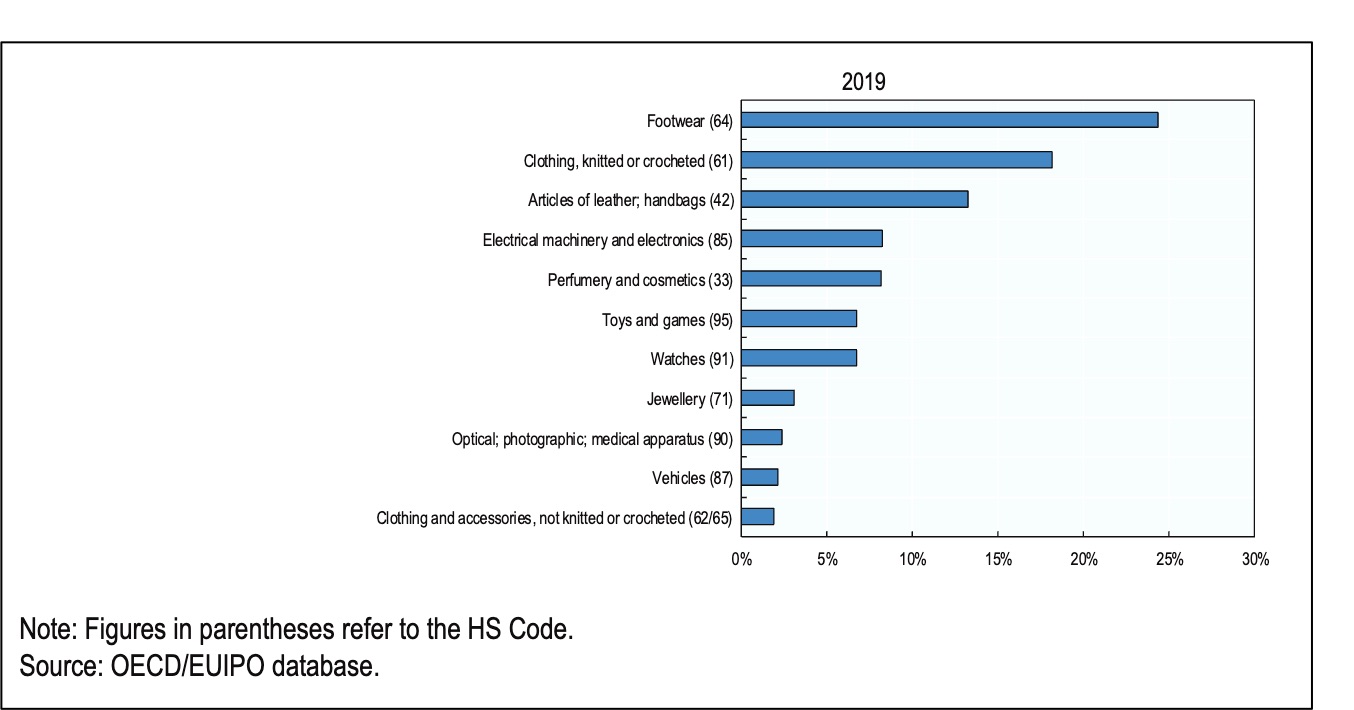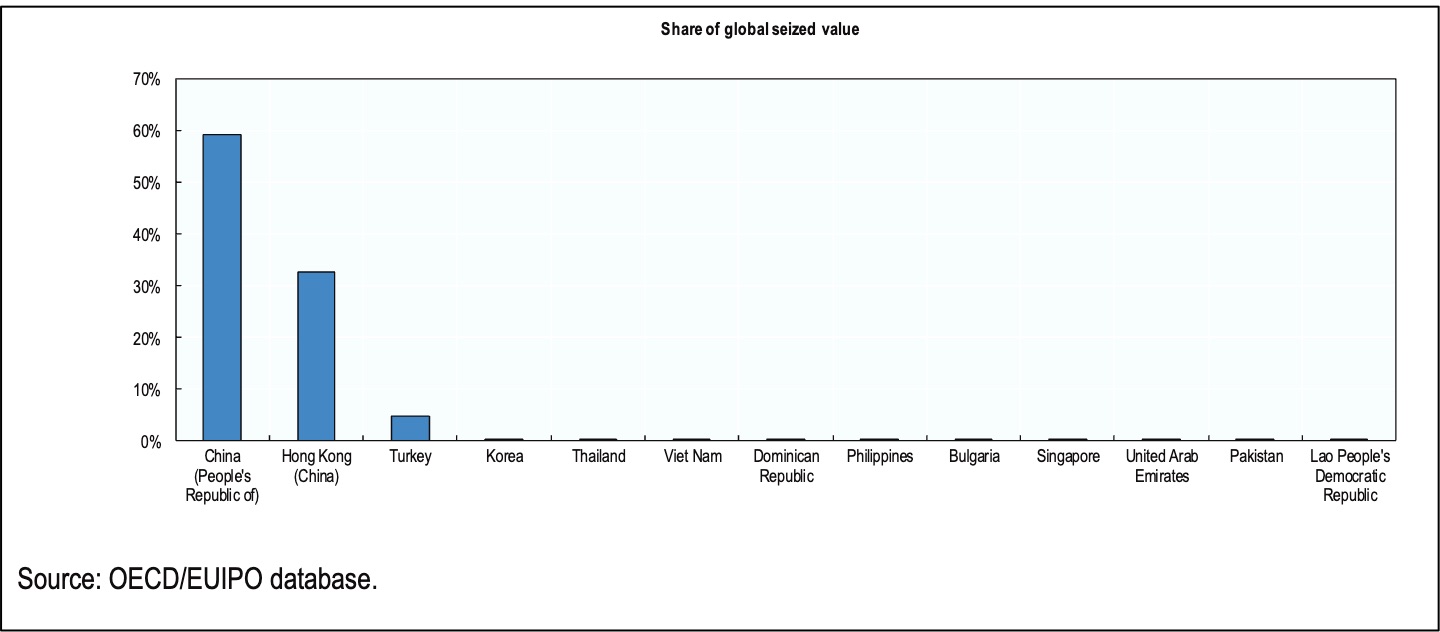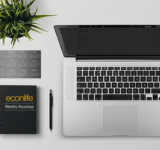Several years ago, we wrote about Hermés Birkin bags that could cost you $200,000. Describing demand, we said that a Birkin bag used to be so rare that local stores had a wait list and reputedly there was a wait list for the wait list. The reason was limited supply. Although the cheapest version was a whopping $10,000 or so, women wanted more than the stores could sell…even the $200,000 version.
As you might expect markets reacted with “pre-owned” Birkin bags. If you paid $12,000 for a basic Birkin bag, you could flip it the next day to a dealer for $14,000. That person, in turn, was selling it on Instagram for $18,000 to $22,000 or even through an auction.
Now, we have a third alternative.
Superfake Handbags
One Handbag
Today, we can buy pricey status handbags for one tenth their price. Called “superfakes,” they look exactly like the origoinal. In fact, it is entirely possible that they were made in the same factory as the original.
One NY Times journalist described her superfake saga. Starting online, she found 6 or 7 people she could contact. After WeChatting with “Linda,” she placed her order for a Celine Triomphe that retailed for $2,200. At 915 yuan or $132, the superfake, identical to the original, was, as she explained, irresistible.
Next, instead of Linda, the journalist described how she could have contacted an online replica rep. As “Kelly” told her, she sells Chloés and Yves Saint Laurent handbags mostly to American women. Receiving an order, Kelly said she contacts an unknown factory that specializes in “replicas.” Perhaps originating in one of Kelly’s factories, the purse that the journalist received had stops in Abu Dhabi and also France and Italy before she received it, slightly battered, in New York.
Below, a real Chanel, on the left sells for $10,200. The one on the right will cost you $320 in a superfake market:

The Handbag Trade
As for the big picture, the 2019 trade in counterfeit goods was estimated as a 2.5% slice of world trade, valued at $464 billion. Correspondingly, the EU reported that counterfeit and pirated goods were approximately 5.8% of all EU imports. The totals are worrisome because they violate the intellectual property rights that drive innovation for goods that range from fashion to pharmaceuticals and food to spare parts.
These graphs summarize what a 2021 93-page OECD paper told us about counterfeiting and pirating. You can see that handbags are in third place for value in counterfeit markets, And, on the other end, China is the most likely producer.
Demand
Looking at the top product categories, you can see leather articles and handbags are at #3:

Supply
And it was likely that they came from China:

Our Bottom Line: Counterfeit Markets
As economists, we know that a market is a process within which price and quantity result from demand and supply interacting. For handbags, we could say that we actually have two separate markets. There is a pricey retail market with demand coming from people willing and able to spend many thousands of dollars for a handbag.
But then, we also have superfake markets where demand and supply create very different prices and quantities.
My sources and more: Today, the NY Times Magazine took a look at superfake handbags. But for the bigger picture, the OECD came in handy.
Several (Birkin) sentences from today’s post were in a past econlife.






